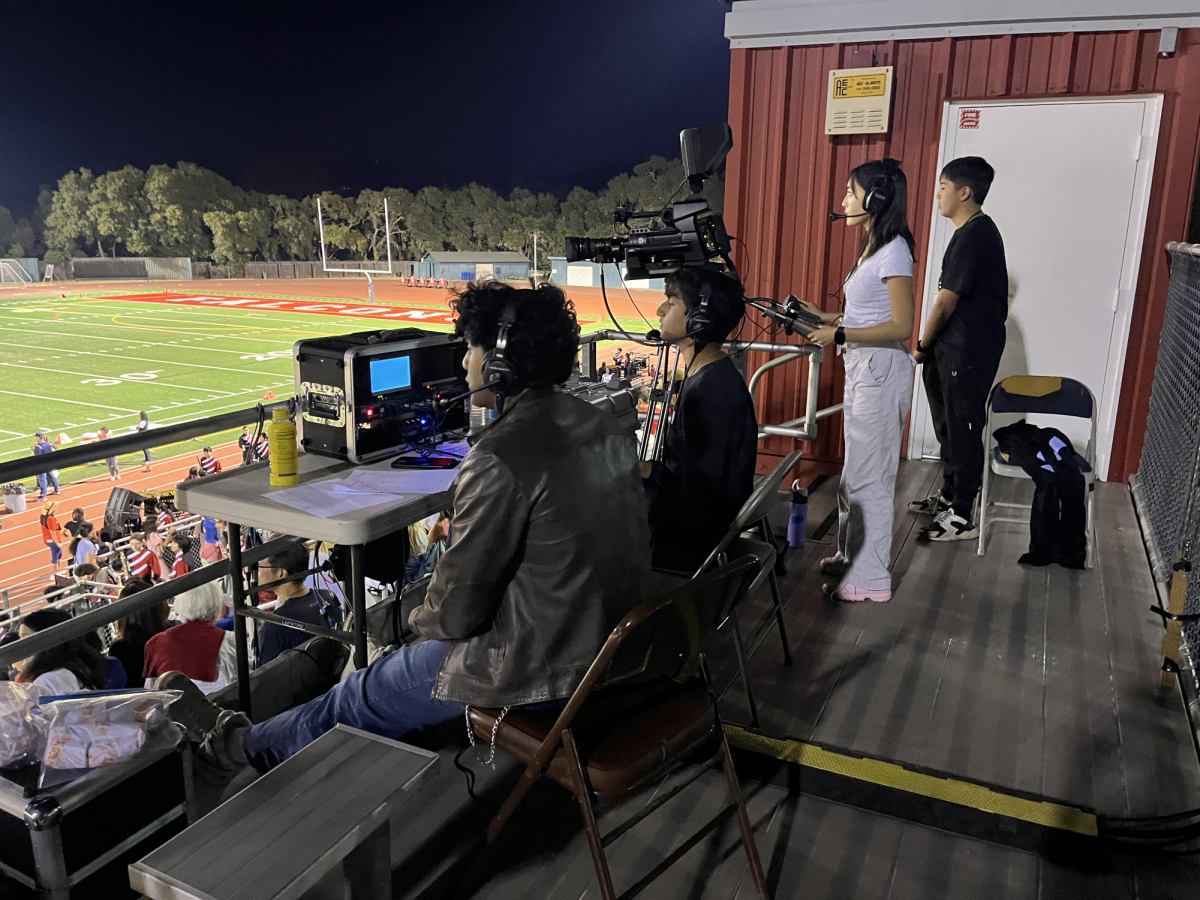On the first day back from winter break, students were greeted with the pitter patter of a downpour. The rainwater dripping down windows and overflowing gutters signaled the start of a season of windshield wipers, umbrellas and oversized raincoats.
This winter started out as a mystery, as meteorologists questioned whether there would be large amounts of rainfall and cold days similar to the previous winter, or if it would be dry and warm like two years before.
Sophomore Oscar Khowong said the weather has caused him difficulties, but he likes it sometimes as well.
“I get to school later because my parents drive more slowly in the rain,” Khowong said. “I also have to carry more jackets.”
Although he knows the gloomy weather is usually linked to depressing feelings and sadness, Khowong said the rainy winter weather has not affected his mood in any negative ways.
Early winter presented weather that was both warmer and much drier than average. December was historically one of the driest December on record. Horrific fires throughout Southern California, proving the extent of the dryness.
Just as the new year had begun, the wildfires were replaced by mudslides, again plaguing California with more misfortune. Just in the last couple of weeks, 13 people were killed in incidents involving mudslides in the Santa Barbara and Montecito area. The ground was unable to properly absorb rainwater, which resulted in deadly amounts of mud rushing onto streets and homes, trapping inhabitants in mud and ripping homes off their foundation.
Junior Justin Lee was driving to school on Dec. 15, when he was unexpectedly involved in a collision. There was some fog in the air that morning and he was rushing to get to school on time. At one intersection, the fog and other distractions caused Lee to lose focus on the road for a moment.
“I thought the car was moving so I went too,” Lee said. “But it didn’t actually go so I crashed into the back of it.”
He ended up being pretty late that day.
The weather has also been affecting the commute of teachers living in the Santa Cruz area. Last year, many had to call in substitutes when mudslides would not allow them to get to school. English teacher Amy Keys is one of the teachers who experienced the severe traffic jams.
“A lot of our colleagues were stuck on backroads and had to take alternative routes, but we ended up having to come back home,” said Keys. ”And later that week we made it over the hill, but we couldn’t get home. I think that happened on four occasions for six weeks, so it was rough and it was always very slow and dangerous.”
According to Keys, this year has been comparatively easy. The hills on Highway 17 have been repaired and reinforced in several places to prevent landslides, although no sustained heavy rains similar to last year have occurred yet.
“There haven’t been heavy rains yet but just the high volume of traffic means that there are continuously accidents, which slow everything down,” Keys said.
To protect against the weather, the city has stand-by-staff do deal with downed trees, mayor Howard Miller said. If a storm breaks loose in the city, they will go out and clear road, and work with PG&E to make sure everything is safe.
In addition, he said, the city provides free self-serve sand bags to all residents at the end of Allendale Ave in front of the city Public Works Corporation Yard.
The city also has long-term plans to protect against storms, Miller said. They have projects to repair city retaining walls, improve the storm drain system and to fix cracks in road. These projects help prevent major issues when weather does hit the city.
Because the number of back-to-back storms has been less than last year, there have not been as many major hardships.
“But there are still three months more of storm season,” Miller said.




























